You have 0 product(s) in your cart.
Dorid Nudibranchs
Defining Characteristics
-
Recognised by branchial (gill) plume, formed as a cluster on the posterior of the body
- They breathe with the branchial plume, which projects from their anus
- Have a thick mantle that extends over the foot.
- Some mantles are covered with tubercles, varying in size, numbers and shapes
- Fringes on the mantle do not contain any intestines
- Toxins are stored in the mantle as defense
- Toxins are extracted from food sources
General
- Currently 101 classified species
- Due to molecular phylogeny, the family Chromodorididae resulted in this genus being reduced to smaller number of species than formerly known
- Many former members of Chromodoris were transferred to Goniobranchus
- Most have longitudinal black lines on the mantle.
Distribution
- Commonly found in tropical and subtropical waters
Habitat
- Usually living as members of reef communities
Body
- Exhibit one of the two major body types found within Nudibranchia
- Breathe oxygen principally through their gills, usually positioned in a featherlike structure located around the anus at their posterior, called the branchial plume.
- A few major bodily features separate chromodorids from other sea slugs.
- These species characteristically have black stripes along their bodies and linear spawning.
- Commonly exhibit chemical defenses to protect themselves from predators
- Dorids have a thick mantle that exists over their foot, and in some species, the mantle can have tubercles (nodules along the surface of an organism that are made of keratin)[3] of different concentrations, shapes, and sizes, providing some rigidity and protection
- Use of bioactive compounds like alkaloids, diterpenes, and sesquiterpenes from the sponges they feed on
- Transport and store toxic compounds in specialized storage glands located in strategic locations throughout the mantle, called mantle dermal formations (MDFs).
- MDFs can harbor extremely high concentrations of distasteful and potent compounds in comparison to the rest of their body
Reproduction
- Are simultaneous hermaphrodites, each individual possesses both male and female reproductive structures
- During mating, in an act called “penis fencing”
- Two individuals compete for the position of male, by darting their penises at one another
- The victor is the one who penetrates the body wall of the other and impregnating them,
- Forcing the other to act as the female.
- The female lays eggs onto a substrate,
- Eggs hatch planktonic vestigial veliger larva, who further evolve into adults
Feeding
- Prey primarily on sponges.
References:
Wikipedia, 2022. Chromodoris. Accessed at https://en.wikipedia.org/wiki/Chromodoris dated 02.04.2022
Dorid Nudibranchs found in Victoria
Chromodoris alternata
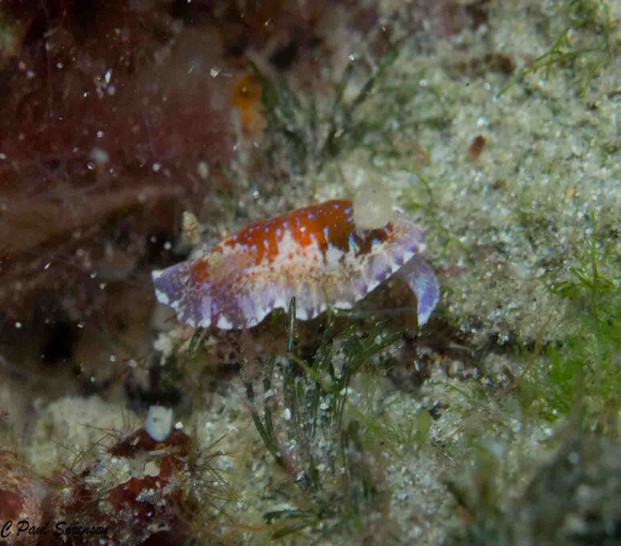
Chromodoris tinctorial (Ruppell & Leuckart, 1828)
Meshed chromodoris
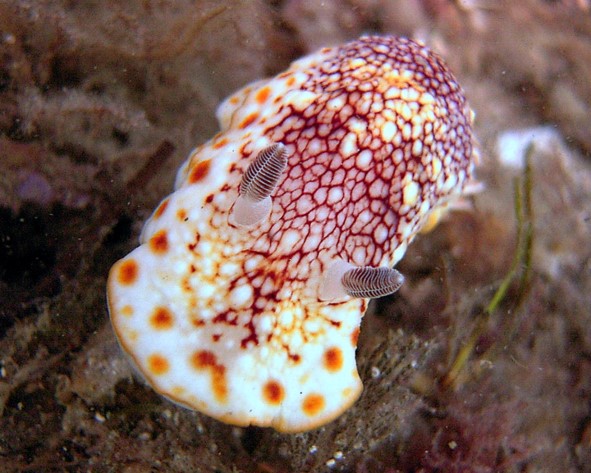
Ceratosoma brevicaudatum (Abraham, 1876)
Short-tailed Nudibranch
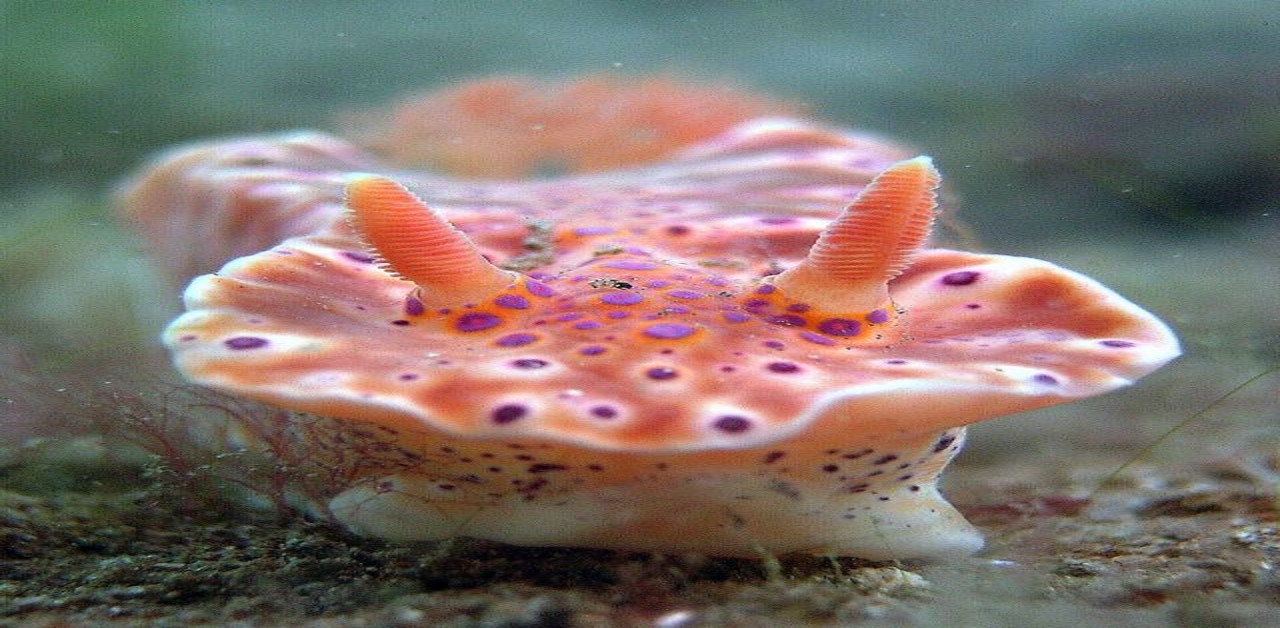
Goniobranchus epicurius
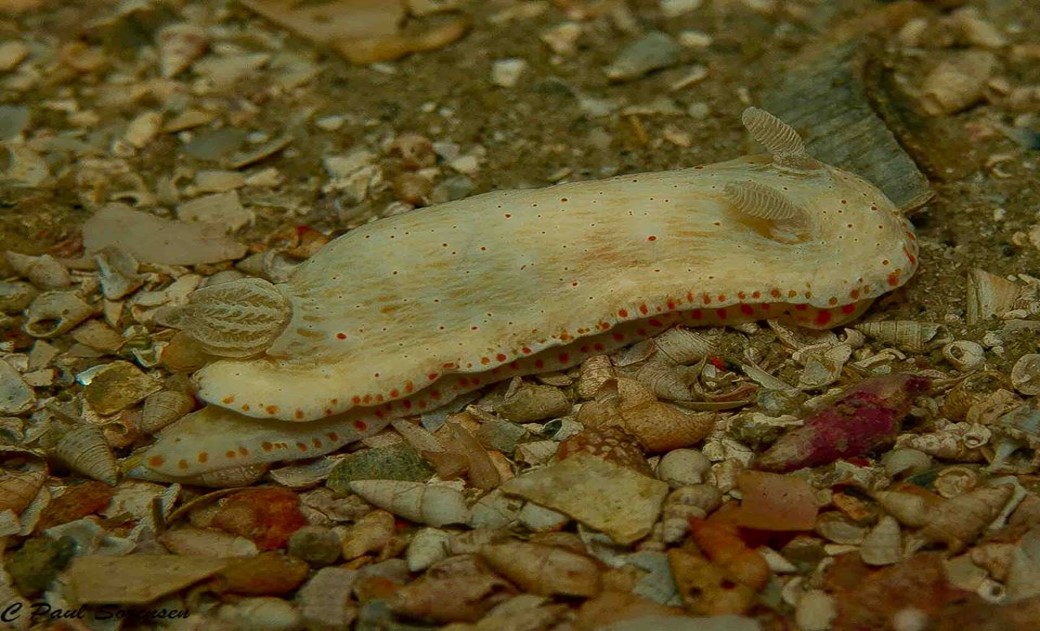
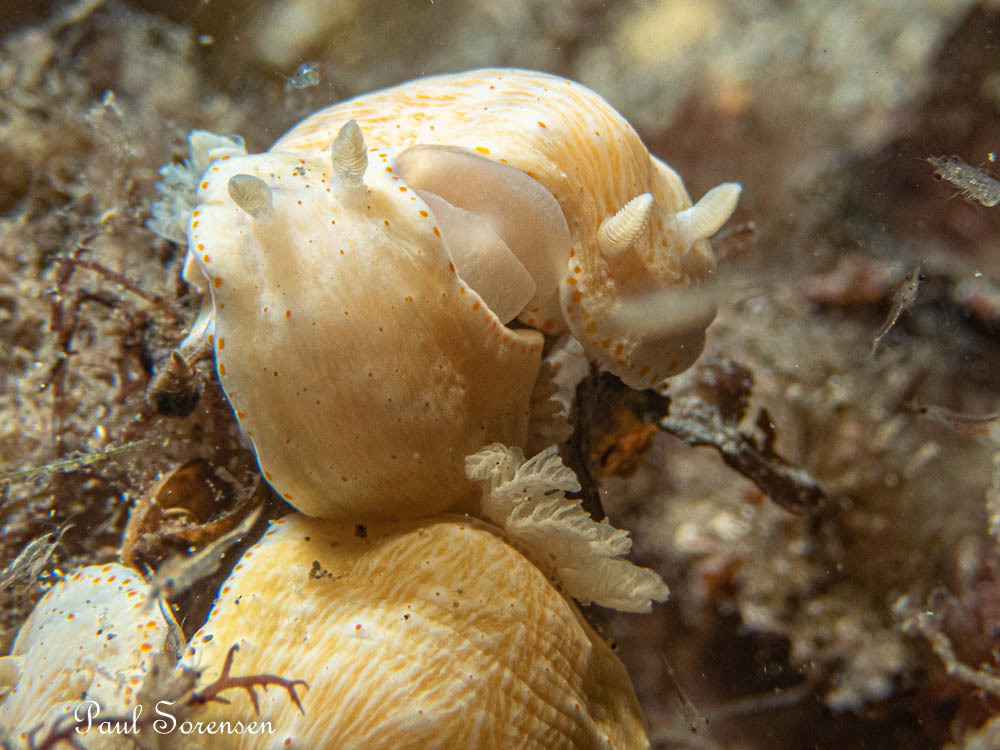
Discodoris Paroa
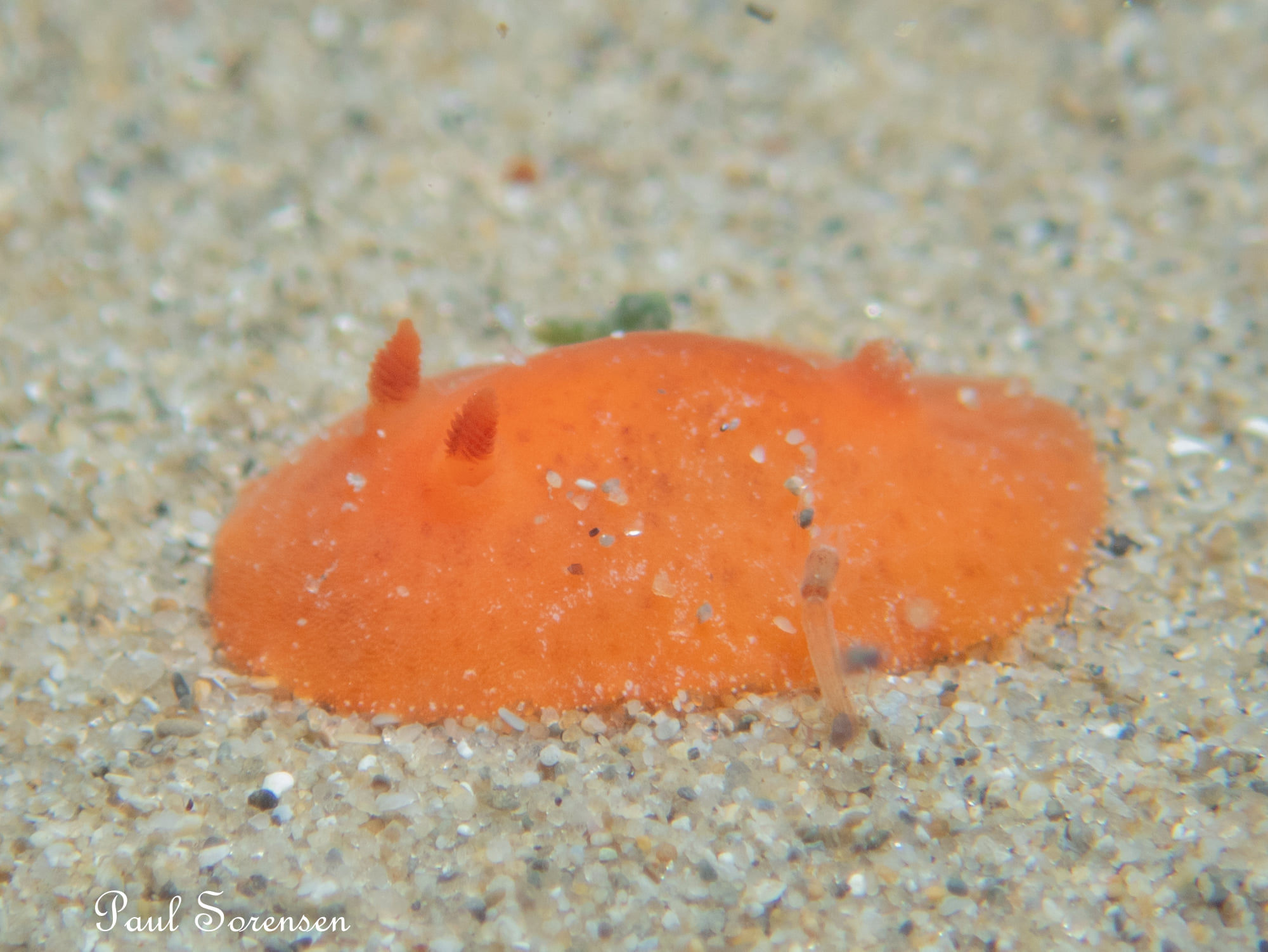
Family: Polyceridae
Tambja dracomus (Willan & Y.-W. Chang, 2017)
.jpg)
Tambja verconis (Basedow & Hedley, 1905)
.jpg)
Gymodoris alba
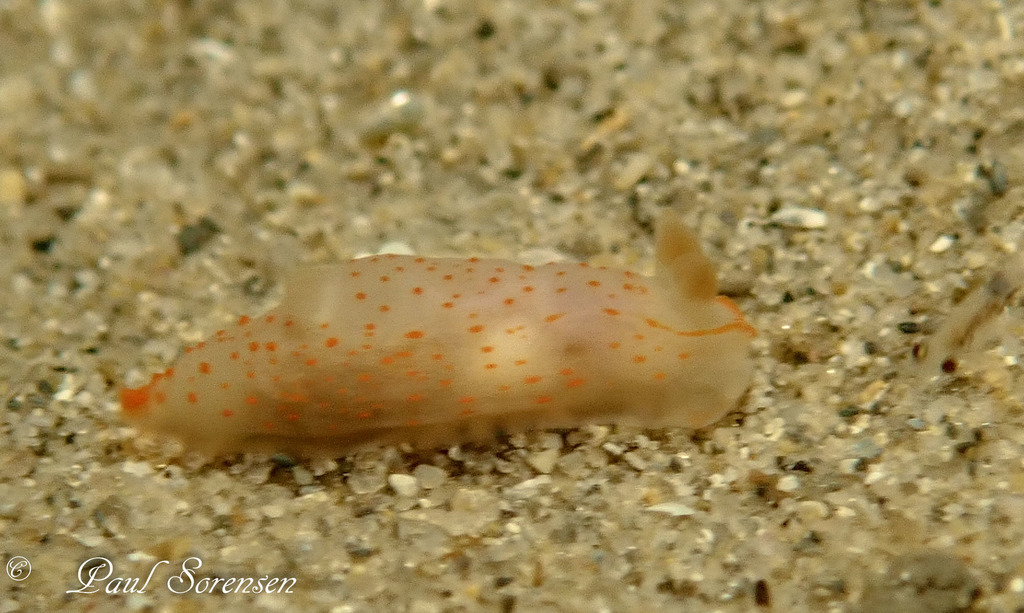
GENUS: Polycera
Polycera capensis Quoy & Gaimard, 1824
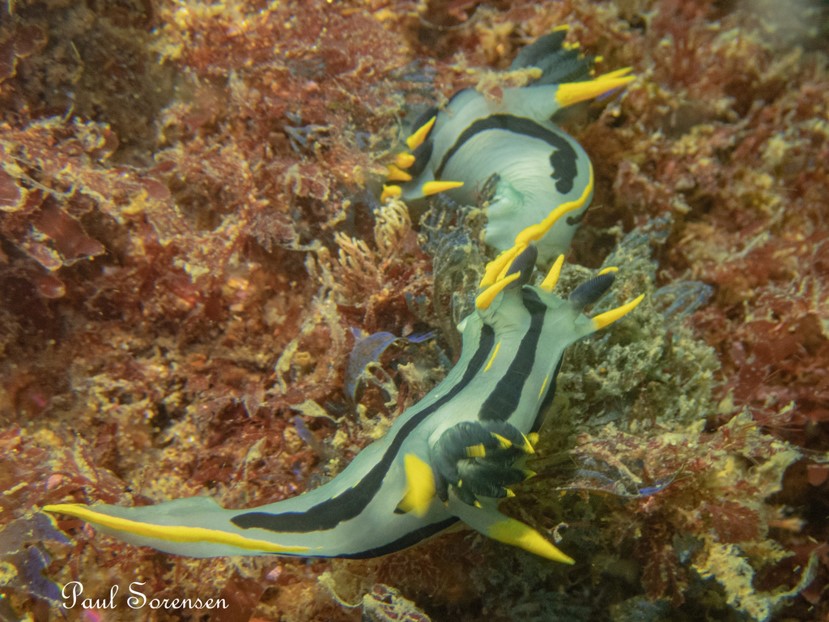
Photo taken by Paul Sorensen. Taken at Beware Reef, Marlo, Victoria, 25.03.2022.
Polycera hedgpathi (Er. Marcus, 1964)
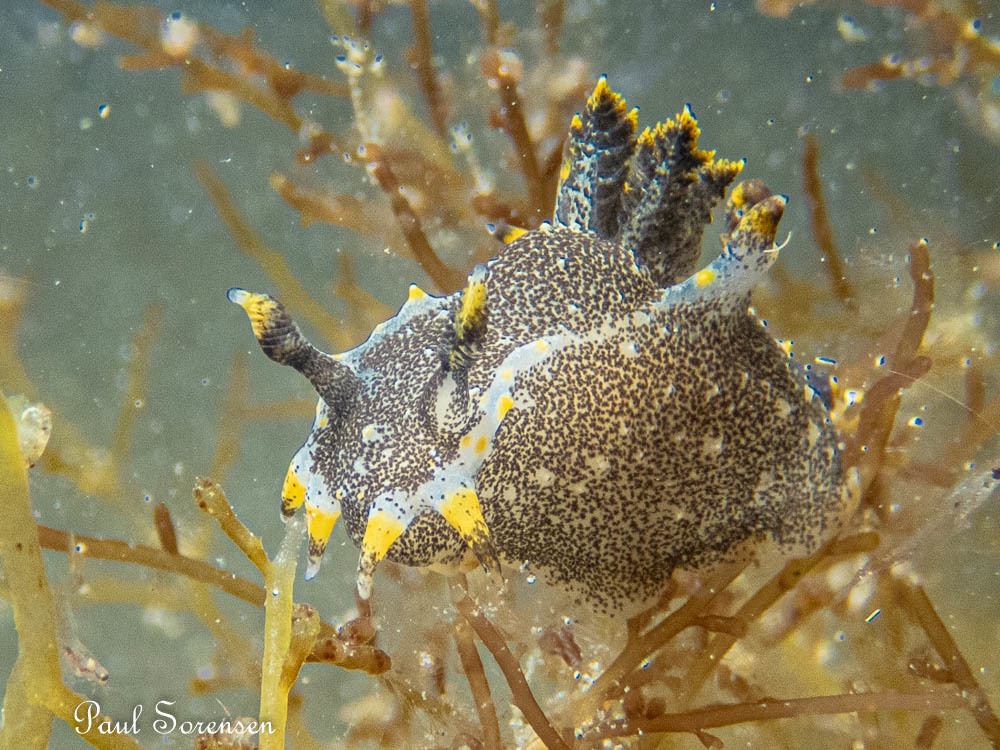
Photo taken by Paul Sorensen. Taken at Blairgowrie Pier, Blairgowrie, Victoria,
Polycera janjukia (Marcus, 1964)
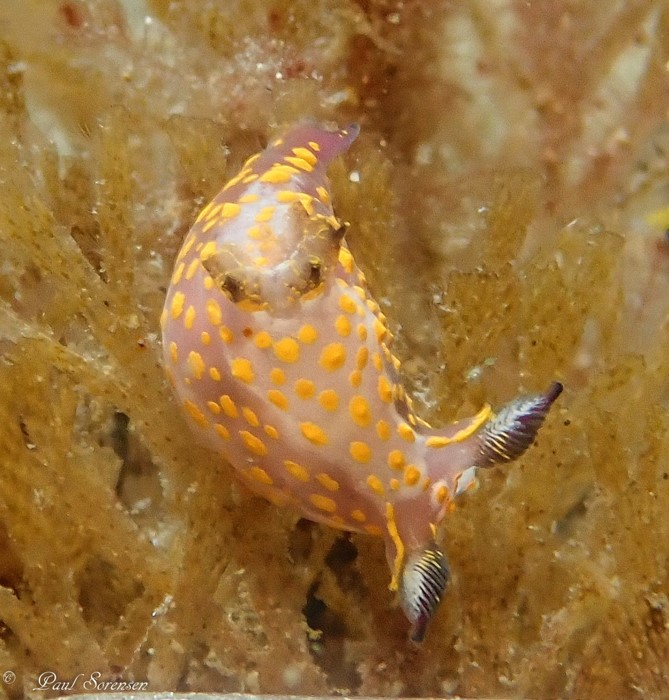
Photo taken by Paul Sorensen. Taken at Blairgowrie Pier, Blairgowrie, Victoria, 01.11.2019.
Polycera parvula (Burn, 1958)
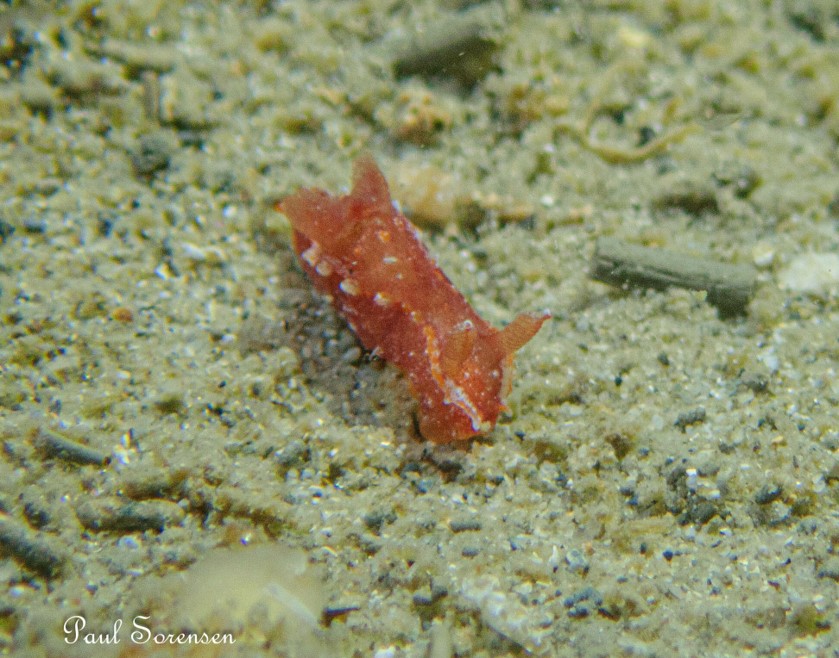
Photo taken by Paul Sorensen. Taken at Blairgowrie Pier, Blairgowrie, Victoria, 07.04.2023.
.
Kaloplocamus ramosus (Cantraine,1835)
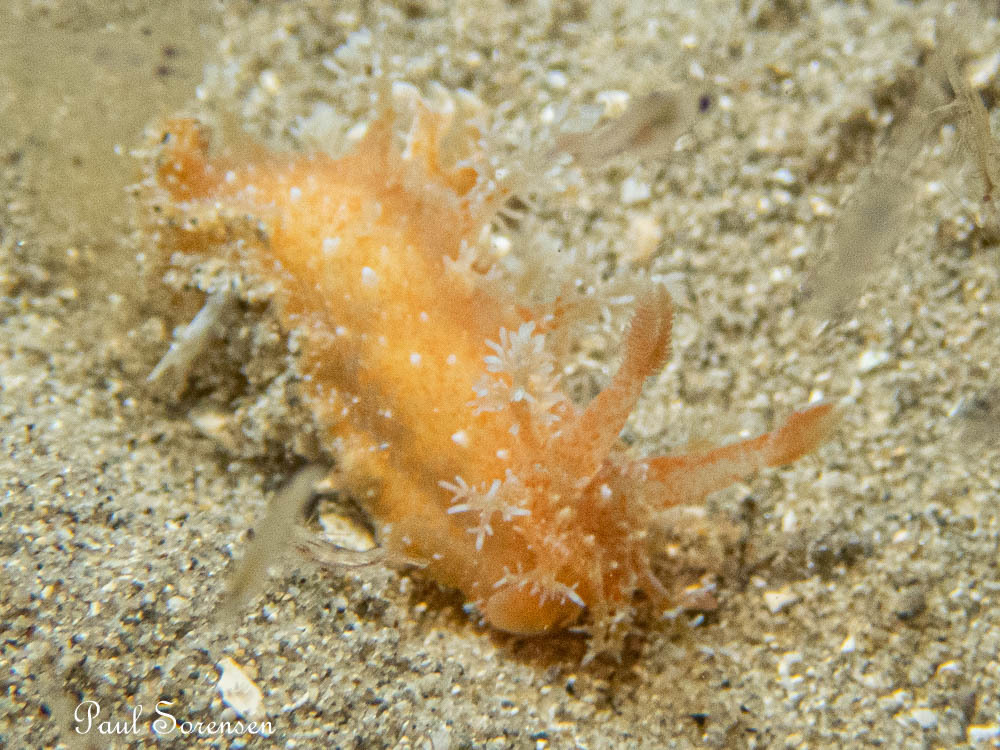
.jpg)
Photos by Paul Sorensen at Blairgowrie Pier, Victoria, Australia on 14 Nov 2020.
Distribution:
- First described in the Mediterranean.
- Since reported in South Africa, West Africa, Japan and eastern Australia.